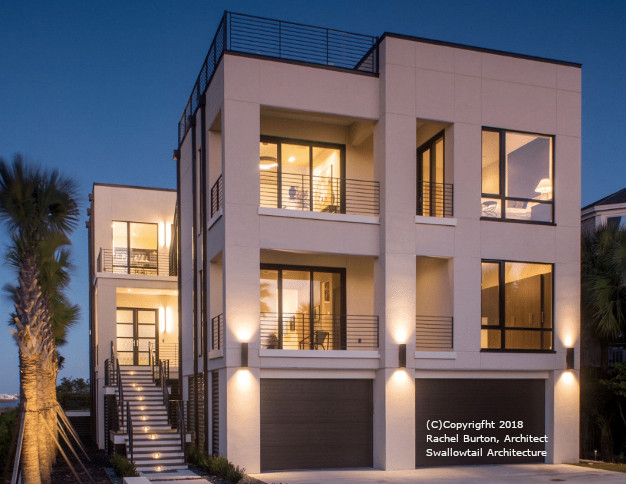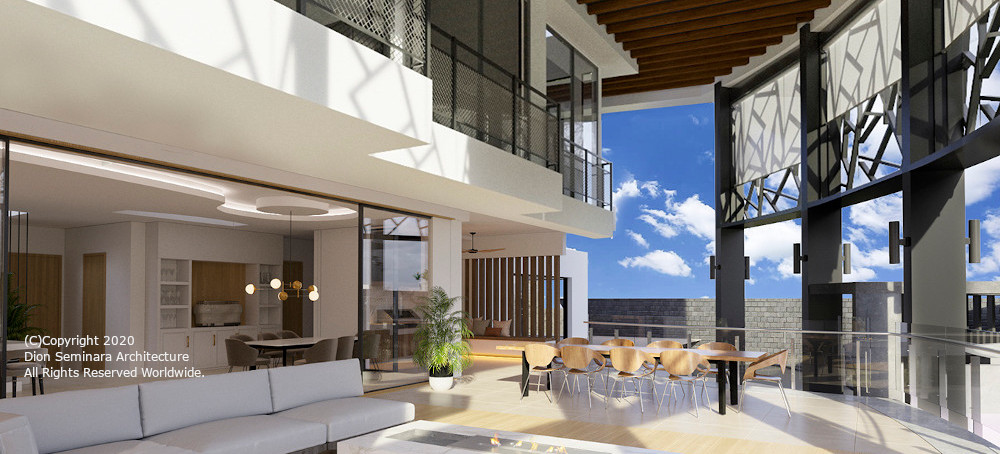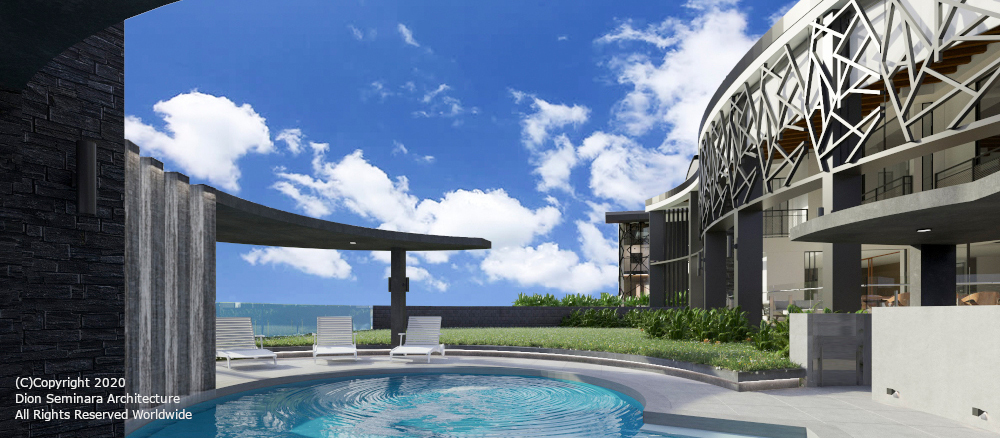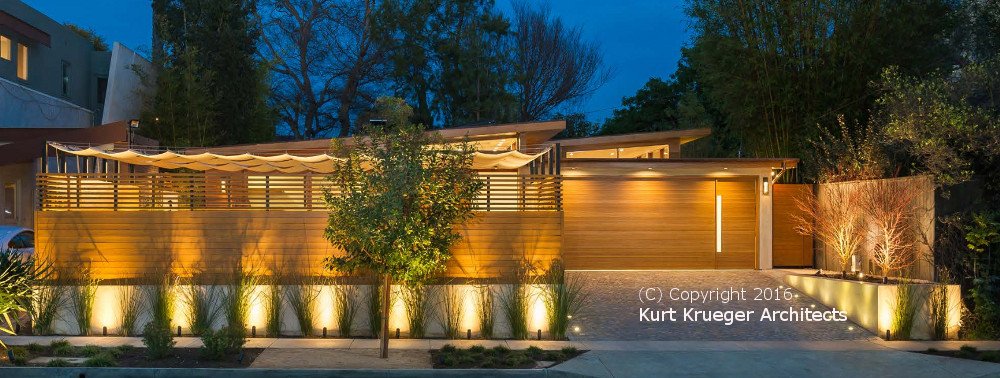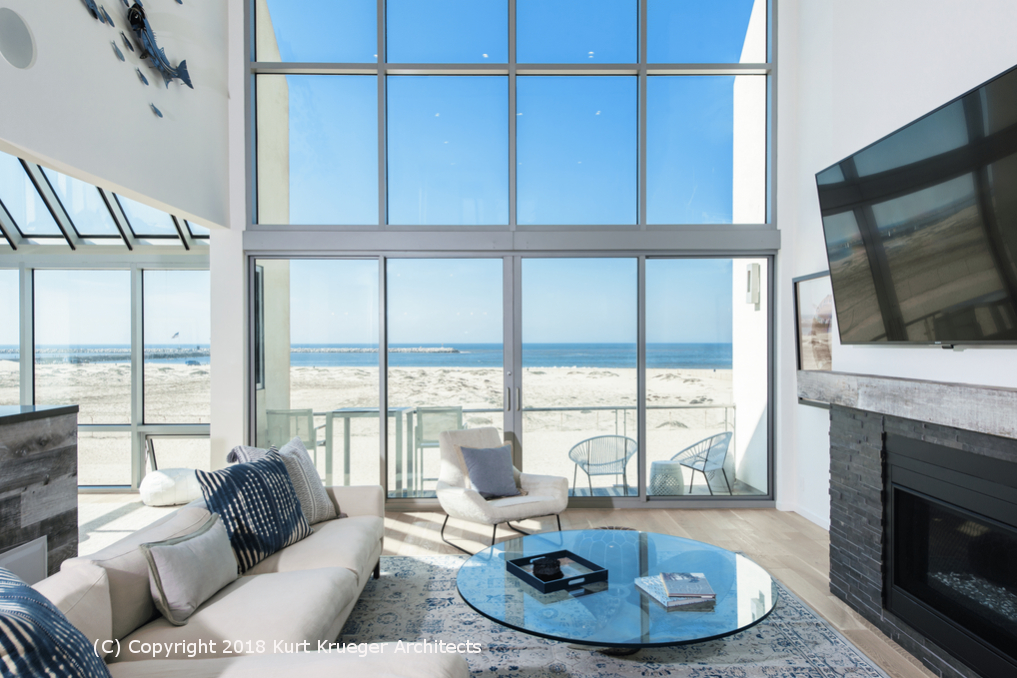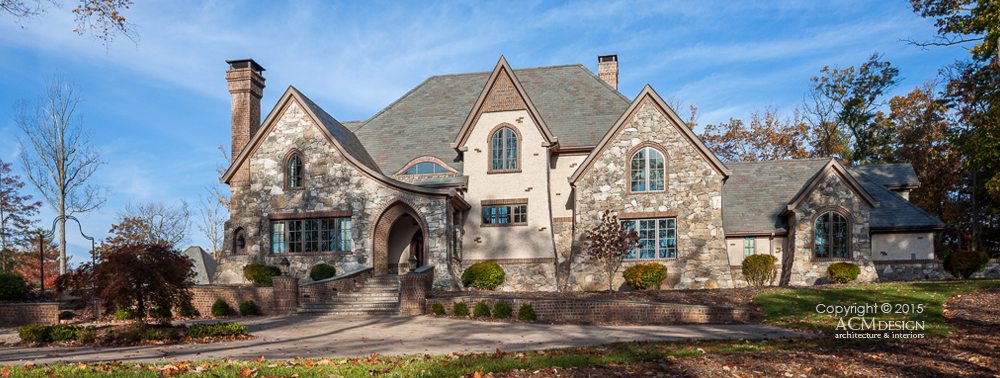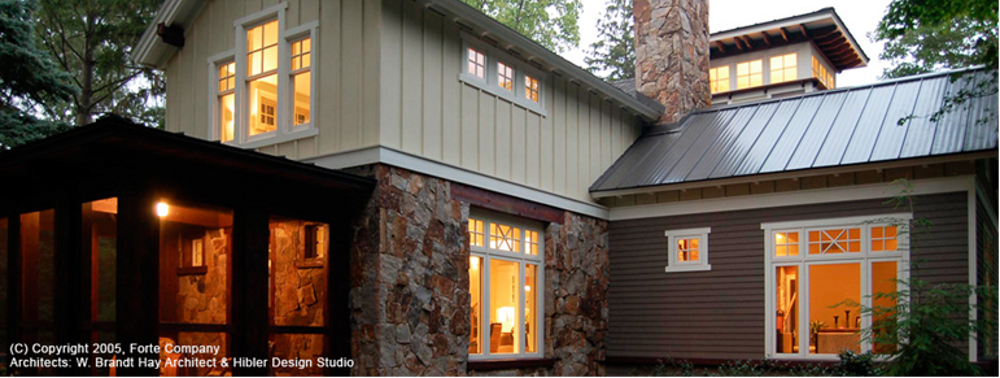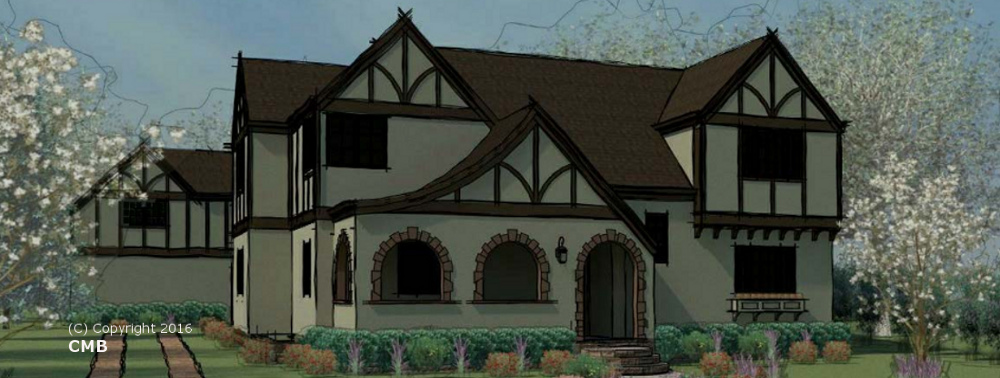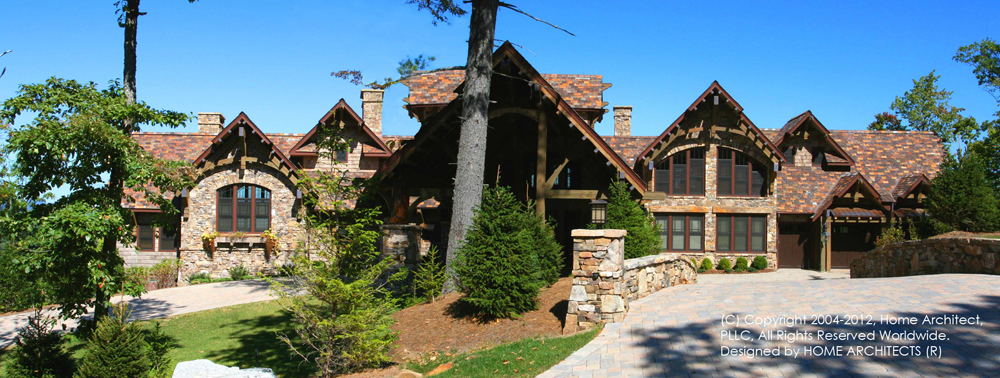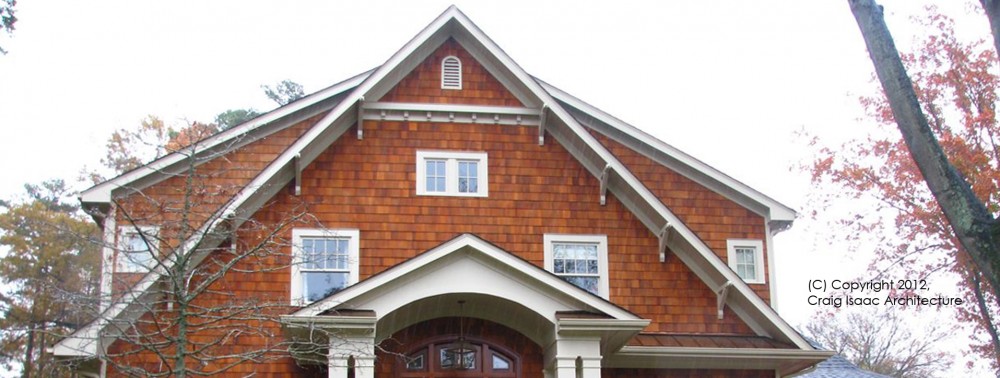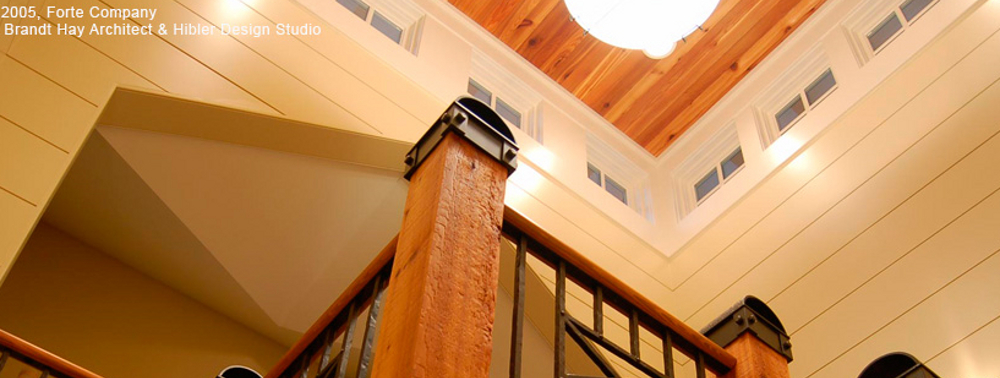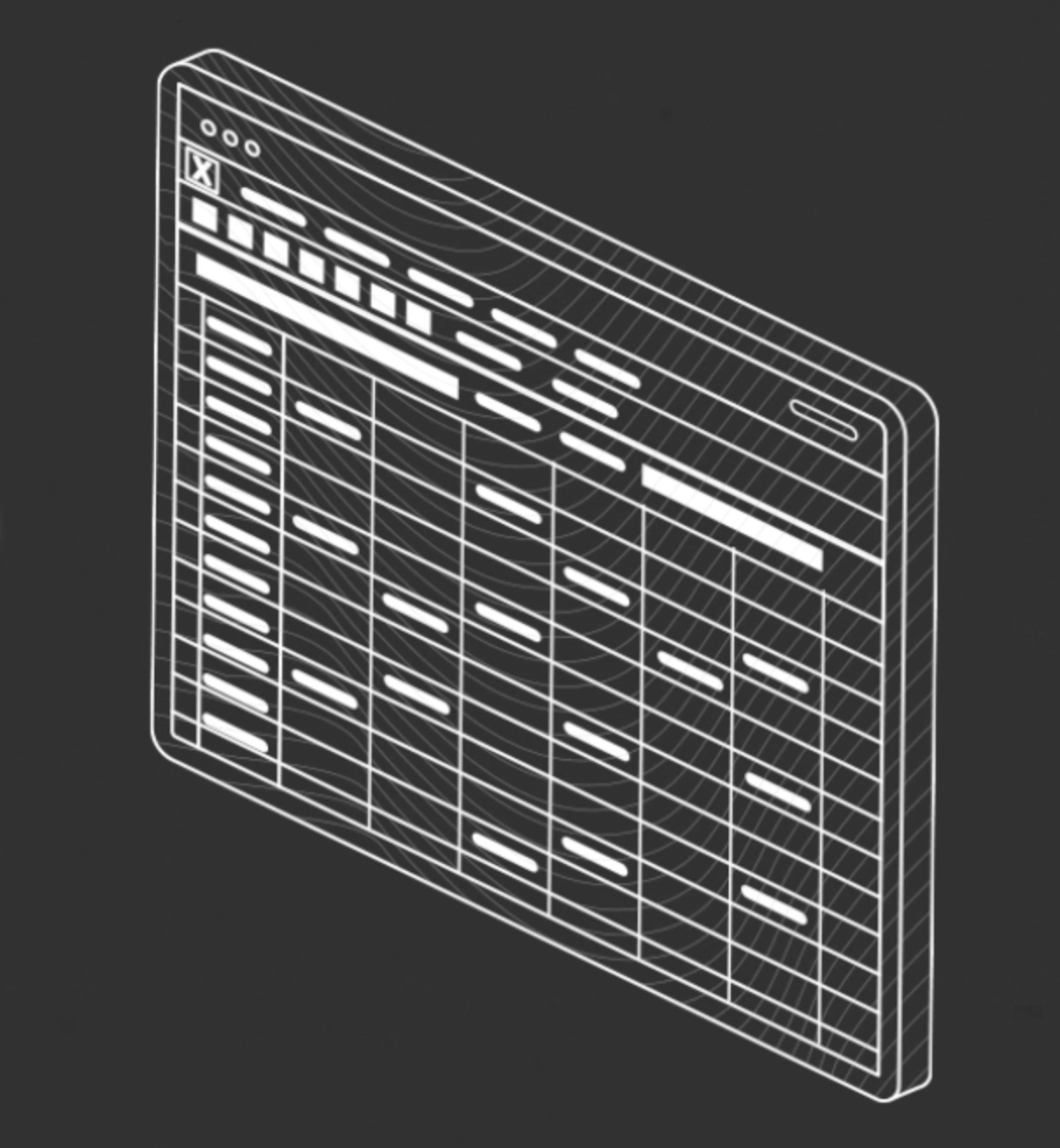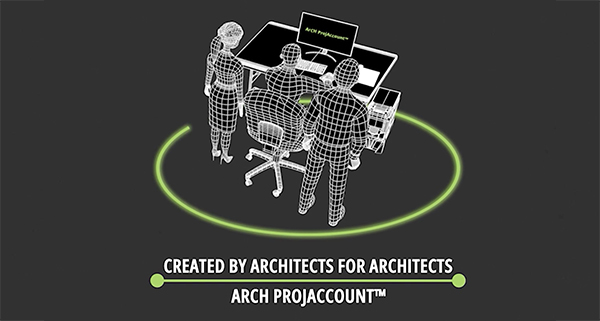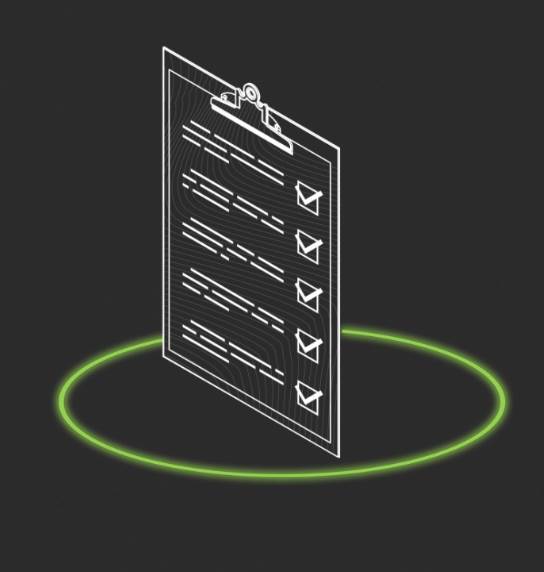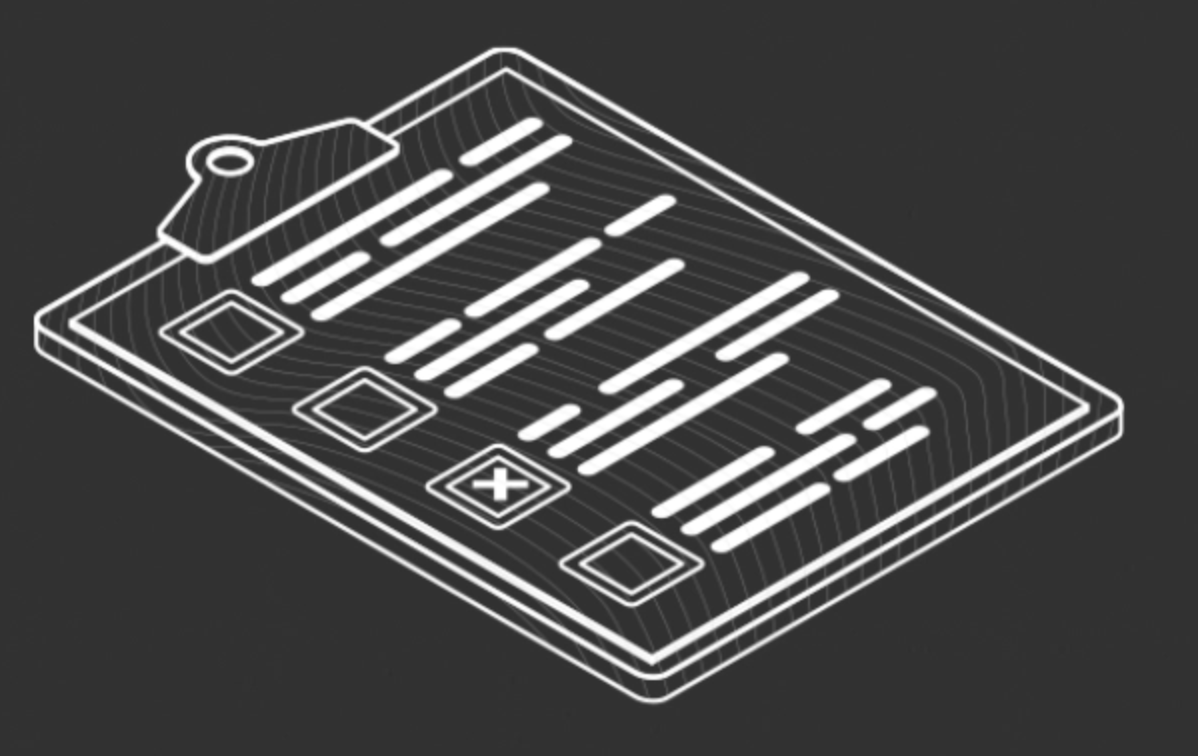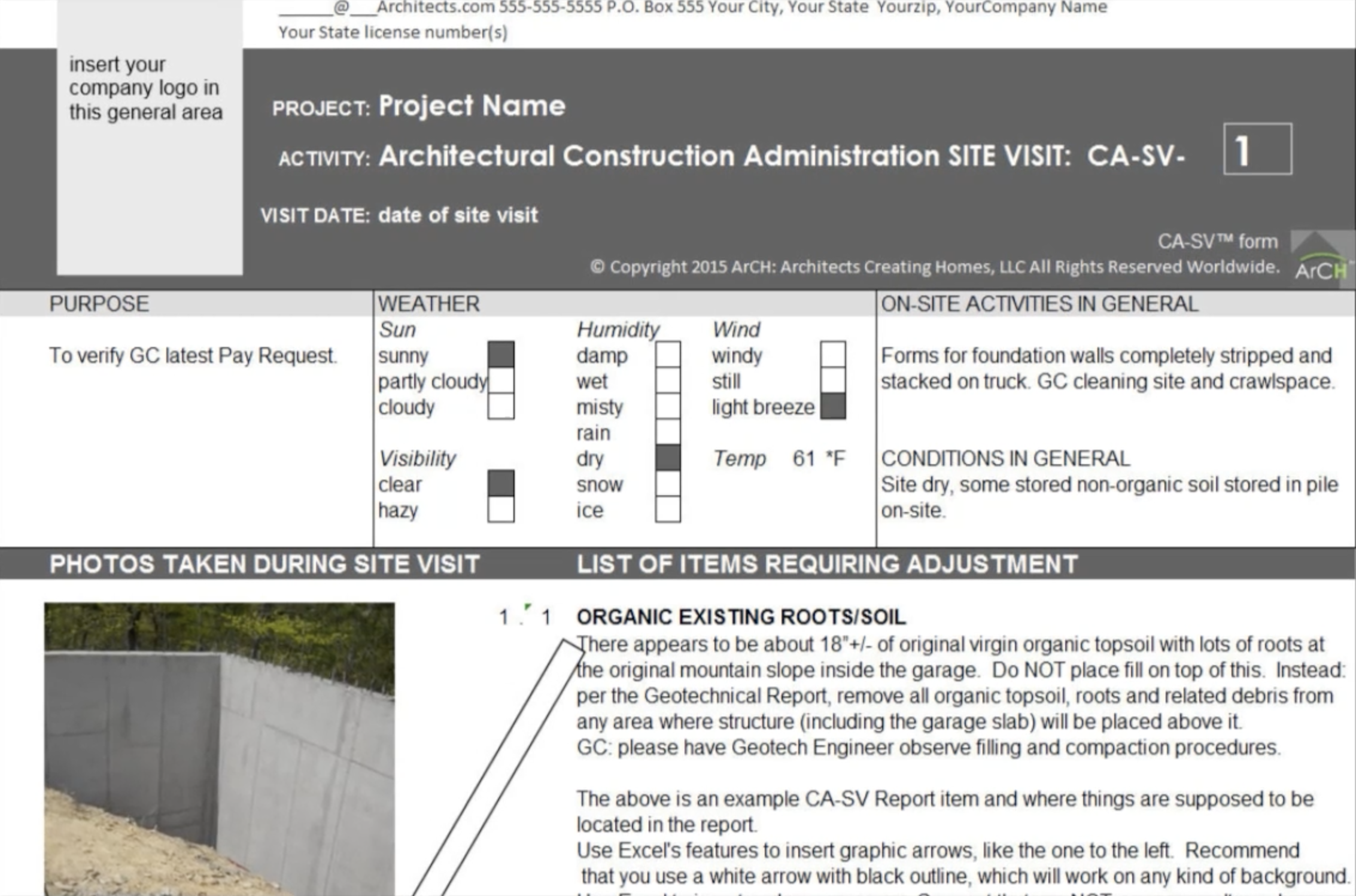ArCH has recently established the ArCH-RASoC: Residential Architecture Standards of Care. It is located here on the ArCH website:
https://www.archomes.org/residential-architecture-standards-of-care
This SoC (Standards of Care) is a breakthrough for licensed Architects practicing residential architecture, particularly SFR (Single Family Residential). Why?
Because up until now, there was no known national standard for the practice of residential architecture. This ArCH-RASoC is not a law or rule or requirement. It is a voluntary standard, much like an ASTM standard that sets forth characteristics (or practices in the case of architecture) for a particular level of documentation and practice. Sound boring? Think again.
This standard can be referred to in your Owner-Architect Agreement as the standard of care to which you and your Client agree that you and your company will perform, while you are developing their project. Furthermore, in your agreement with your Client, you can stipulate that this SoC will be the ONLY reason that they will be allowed to initiate any sort of action against you. Sound more interesting now?
Also, this SoC is mated to the developing ArCHforms Client-Architect Agreement, which has provisions in it that declares that binding arbitration is the ultimate dispute resolution process in the agreement and furthermore, that the AAA (American Arbitration Association) agrees that a venue (location) of arbitration can be agreed to, which you can indicate will be your location (or that most convenient to your legal counselor). According to attorney input from different states, these clauses appear to be enforceable not only in your main state of practice, but also in other states. This will need to be verified in all 50 states as time and case law move forward, but it is a solid step forward. So, if you practice in multiple states, you really need to be considering using the ArCHforms Client-Architect Agreement and in it, you will notice that your Standards of Care is the ArCH-RASoC, all tied together.
Don’t like the idea of being held to a standard? You are welcome to change that. But you really should think long and hard about doing that. Why? Because it is better to have a logical, reasonable standard to compare your performance against rather than what your Clients or their attorneys might decide to invent. Better to have a known, understandable way of doing things and level of care rather than infinite unknowns created by non-Architects.
And for the first time anywhere in the architectural world (to ArCH’s knowledge), there is a declaration of what a reasonable amount of errors and omissions are to be: 95% accuracy. The ArCH-RASoC stipulates that nothing is perfect, particularly things created by people. However, that Architects are held to a high standard, due the nature of their work and the HS&W implications inherent in that. But, once again, this standard is indicating that it is unreasonable to expect perfection. Therefore, some level of document correctness, completeness and accuracy needed to be quantified. That level has been set at 95% accuracy. 90% was deemed too low. 99% was deemed unrealistically high. And 100% impossible. Therefore, some middle ground: 95%.
Also, the SoC (and the Agreement) calls for a 3rd party impartial licensed Architect from the declared venue of the project (per the agreement’s arbitration venue declaration clause) to provide an opinion as to exactly what the project Architect may have done in non-conformance with the SoC. In other words, it’s not enough for a Client or their Attorney to invent some sort of wrongdoing on the Architect’s part. They are required (by the form of agreement and by the ArCH-RASoC) to have another impartial 3rd party licensed Architect sign & seal and notarize an opinion about how closely you adhered to the voluntary SoC that you and your Client agreed to allow you to be compared to in your Agreement.
This should be a boon to the practice of residential architecture across the Nation. No more will you be subjected to nuisance lawsuits for imagined wrongs, rather, Clients and their counsel are required to have another Architect compare your work against a reasonable & logical standard, period. Also, the parties are agreeing to binding arbitration, compelling a venue in your main location (or that of your attorney). No legal action is permitted, because there is an alternative dispute resolution process: arbitration.
The new ArCH standards of care combined with the developing ArCHform Client-Architect Agreement (soon to be released for purchase) is a giant improvement in the administration of your practice, along with the creation of a level playing field for residential architecture, nationwide.
ArCH: Improving Residential Architecture.

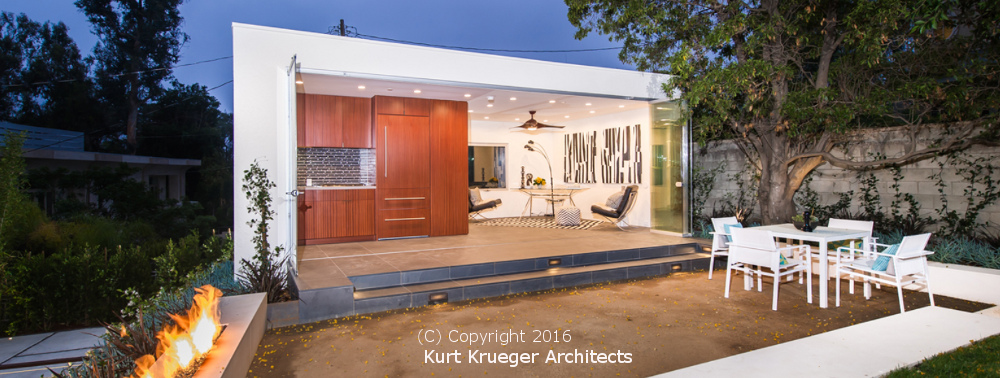 <
<
